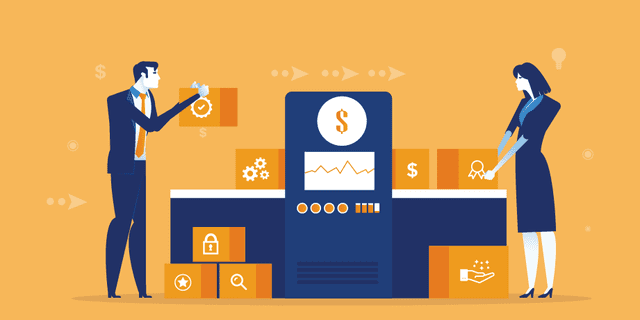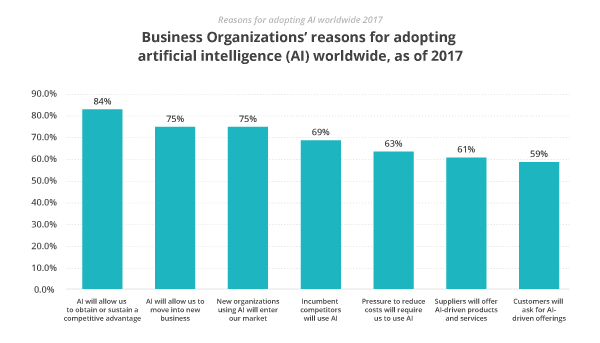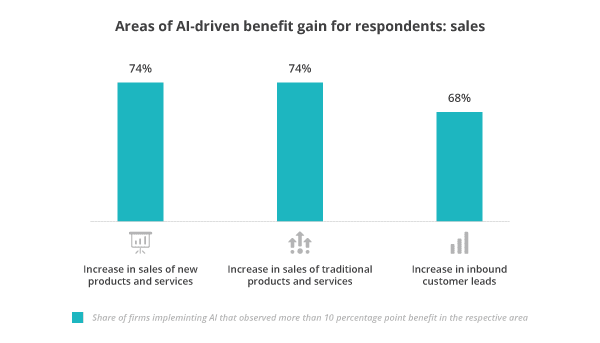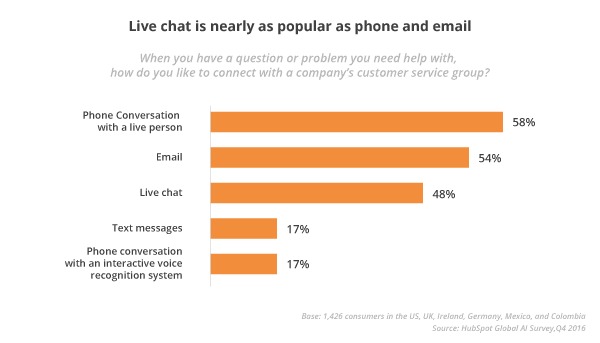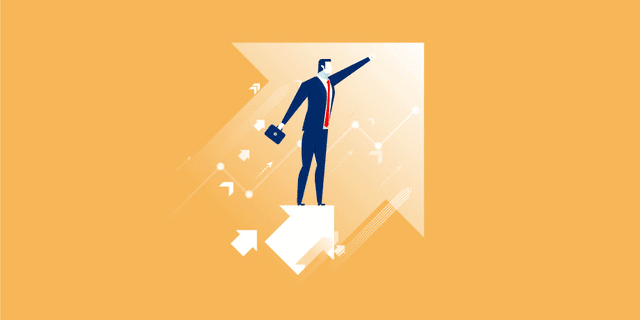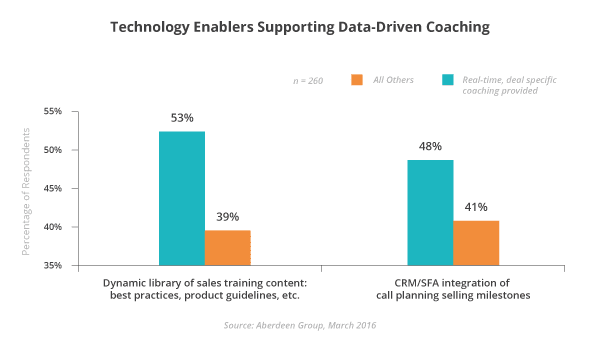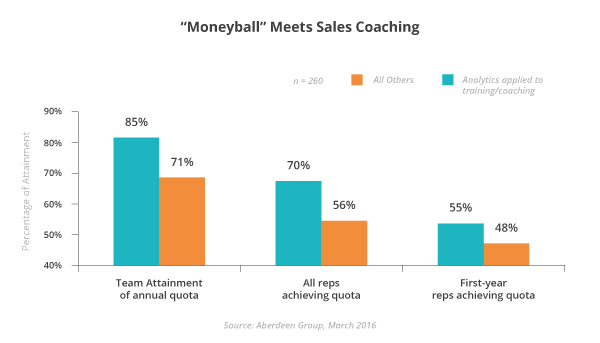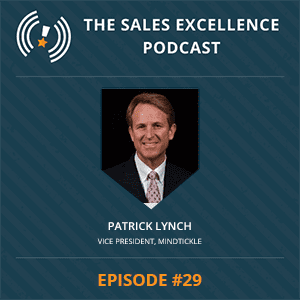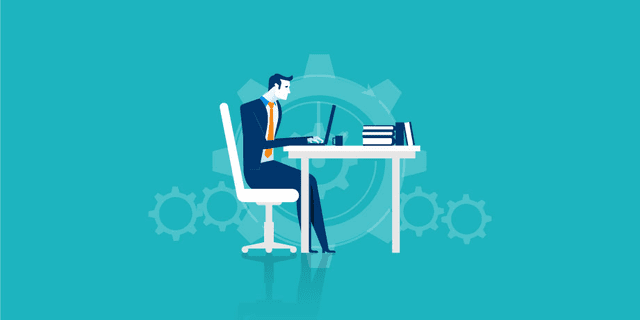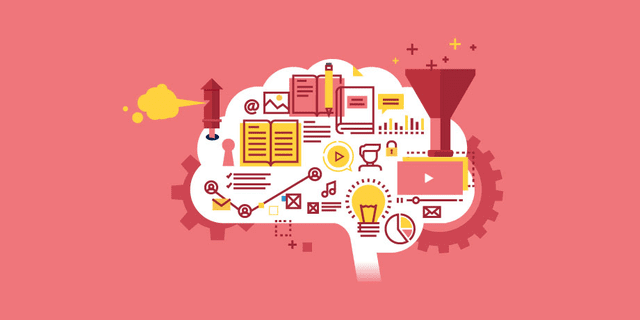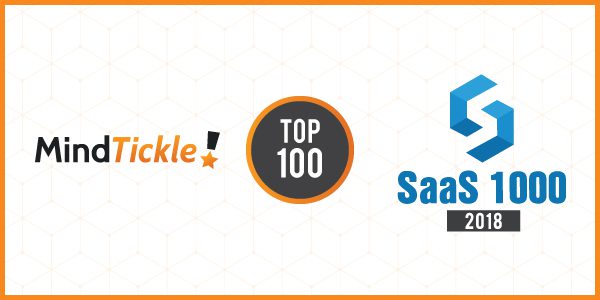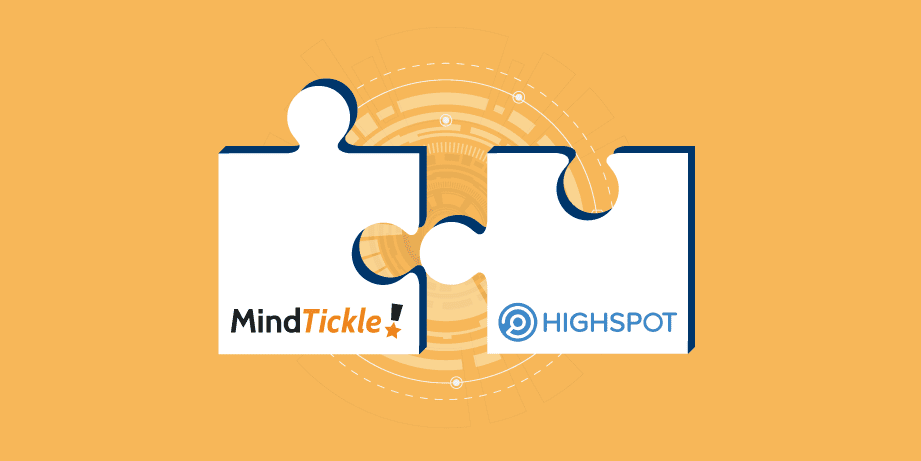How to Change from Feature-Based Selling to Value-Based Selling
When making changes to your sales approach or processes, you want to be sure you achieve your desired outcomes. With a plan in place, you increase the likelihood that you will. Below are the steps you need to take to change from feature-based selling to value-based selling.
To make this transition you’ll want to follow these steps:
- Revise your sales process
- Update your competency framework
- Identify and create the required content
- Identify individual knowledge and skill gaps
- Guide and coach your reps through personalized training
- Provide ongoing updates
Revise your sales process
There are several reasons to revise your sales process. They include changes to your company, team, product, customer base, customer behaviors, and decreased results from your existing process. Changing your sales methodology is often the outcome of one of these reasons. To revise your sales process consider what changes will be necessary to accommodate your value-selling approach. When, in the buyer’s journey, will your reps be initially engaging with prospects? What steps will need to take place, using a value focus, to convert the prospect to a customer? Map this out very carefully so your sales team always knows what’s next to advance through the process successfully. Once the process is implemented, be sure to use metrics and rep feedback to fine-tune and adjust it as needed.
Update your competency frameworks
Before you can make the change from feature-based to value-based selling, you need to update your sales competency frameworks. These plans provide detailed information about behaviors, skills, and knowledge requirements for each sales position. They simplify benchmarking and help you easily recognize successful training outcomes. To update your frameworks, consider what knowledge, skills, and attributes should be removed from your current ones for each sales position. Next, add any new competencies that will be required for effective value selling. Depending on your particular product or service, these will vary. In our discussion about value-selling, we included several categories of skills and knowledge your team must have for success. They include product, case studies, marketplace, industry information, and buyer personas. Compare these to your current competencies to identify the updates needed. If you’d like more information relating to sales competency frameworks, we discuss this topic in more detail in
this article
.
Identify and create the required content
Once you’ve updated your sales process and your competency frameworks, you’ll be able to identify content gaps. Develop updated content that incorporates your new messaging for both internal and external use. Be sure that you have content for every stage of the sales process, prospect industries, and each persona involved in the buying process. Content will include training materials such as buyer personas and corresponding value propositions for each product, industry, and persona. Plus sales playbooks and training materials like audio, video, and written training snippets, assessment quizzes, games, and certification exercises. Client-facing content tools might include case studies, white papers, e-books, and the like. As this content is used, don’t forget to gather feedback on it from your sales team. Track which pieces are used and which are most effective. This will simplify future content planning.
Identify individual knowledge and skill gaps
If you training your entire sales team on the same material, you risk boring more experienced reps while confusing less experienced ones. You should allow reps to fulfill their individual training requirements. To do so, you must identify each team member’s specific knowledge and skill gaps. There are several ways to do this. These include observation of demonstrated skills and behaviors, assessments through task simulations, self-assessments, quizzes, and performance data. To learn more, you can read
this article
about identifying knowledge and skill gaps.
Personalized training with coaching
Armed with your reps’ knowledge and skill gap information, you can start guiding and coaching your reps through the personalized training they need. Prioritize their training needs to help them get started. Utilize short bite-sized written and video training modules. At the end of each module, include short quizzes and games designed to measure their understanding while reinforcing what they’ve learned. Simulation missions allow sales reps to practice and apply what they have learned. For minimal impact on their schedules, these are completed via mobile video and coach feedback is provided. This will reinforce correct practices and prevent the development of bad practices. It’s an excellent way to incorporate another layer of coaching.
Leverage gamification
to motivate them to advance through their training. Leaderboards and rewards will activate their competitive nature too while keeping the process fun and engaging. Incorporate certifications at the end of each course to ensure that reps are properly prepared to effectively apply their newly-learned knowledge and skills.
Provide ongoing refreshers and updates
It’s been shown that training, without ongoing reinforcement, is very quickly forgotten. This is why it is important that you provide your salesforce with refreshers and updates. Refreshers can include bite-sized pieces of supplemental information relating to what they’ve already learned. Share cheat sheets, best practice examples, and reminders. Send out pop quizzes from time to time also. This will allow them to recall knowledge they’ve been taught and apply it. Coaching and simulations exercises are also excellent ways to help your team remain effective by using their skills in different scenarios so they’re always prepared. Updates should include information about new content, new success stories, changes in the marketplace, and changes internally. With these, they’ll always have the latest information at their disposal and never be caught off guard by unexpected questions from prospects pertaining to the latest changes.
Now you have a roadmap to help you change from feature-based to value-based selling. Once you’ve completed this process your team members will be prepared to provide more valuable solutions to their prospects. The end result will be consistently elevated rep performance and more closed deals. And isn’t that the goal? Now it’s time for you to get started with this process so you receive the benefits of value-based selling in your organization!

